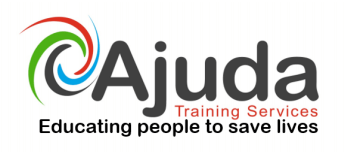Health and Safety is important because it protects the well being of employers, visitors and customers. Looking after Health and Safety makes good business sense. Workplaces which neglect health and safety risk prosecution, may lose staff, and may increase costs and reduce profitability.
Here are 8 tips you can use in the workplace.
1. Prevent Falls, Trips and Slips
Regardless of your industry or sector, you should always make sure floors are clean and dry in storerooms, passageways, and service rooms. A few effective daily workplace safety tips you can use to prevent slips, trips, and falls are:
- Use drip guards and pans.
- Keep all aisles and walkways clear of items.
- Quickly report and clean up all leaks and spills.
- Install warning signs and even mirrors to help with troublesome blind spots.
- Replace all damaged, ripped, and worn flooring.
- Consider installing anti-slip flooring in the areas that may not be readily able to be cleaned.
- Use platforms, mats, and other dry standing places where useful.
2. Be aware of surroundings
It’s important that everyone knows where there are hazards in the workplace. Once they have been named you should post signs as a part of your safety management system to keep workforce alert and conscious any potential hazardous situations and areas.
3. Ensure everyone takes regular breaks
A large number of work-related illnesses and injuries happen because a worker is burned out, tired, or unconscious of their surroundings. The best way to avoid this inherent hazard is to ensure everyone takes their regular breaks, especially with labor intensive work, such as construction and manufacturing.
4. Always use machines and tools properly
Anytime staff members are working with tools and equipment, it’s vital they use them properly and never take shortcuts. Shortcuts are one of the primary causes of injuries on the jobsite. For instance, employees shouldn’t use a scaffold as a ladder or one tool instead of another for a job. Using the right tools every time will reduce the overall likelihood of injuries.
5. Protect your back by using the correct posture
Whether the work environment is an office or at an energy production plant, it’s important employees protect their back and use correct posture. Using correct posture means picking things up with the correct form and avoiding twisting and stooping.
6. Report dangerous conditions to management
Anytime hazards exist or there are unsafe working conditions, management should be alerted immediately. Although management is responsible for maintaining a safe work environment, it becomes infinitely more difficult to achieve this goal if they are unaware of the danger.
7. Ensure all workers wear the proper safety equipment
Failing to wear the right personal protective equipment (PPE) equipment for the job is one of the most common culprits for serious injuries and fatalities. The type of PPE should change based on the task and industry. For instance, someone working in the space and defense industry would require different PPE than someone in field services.


